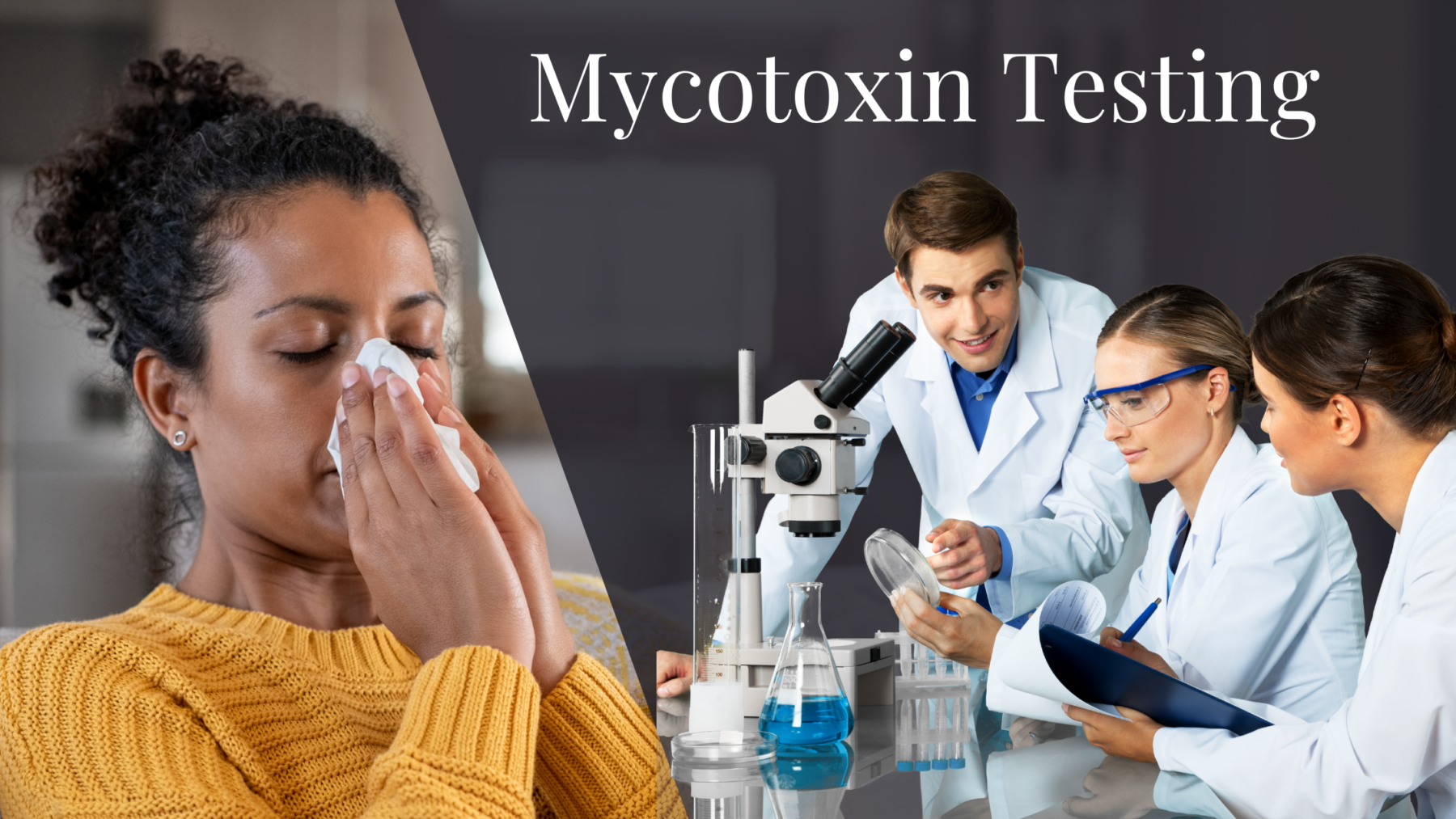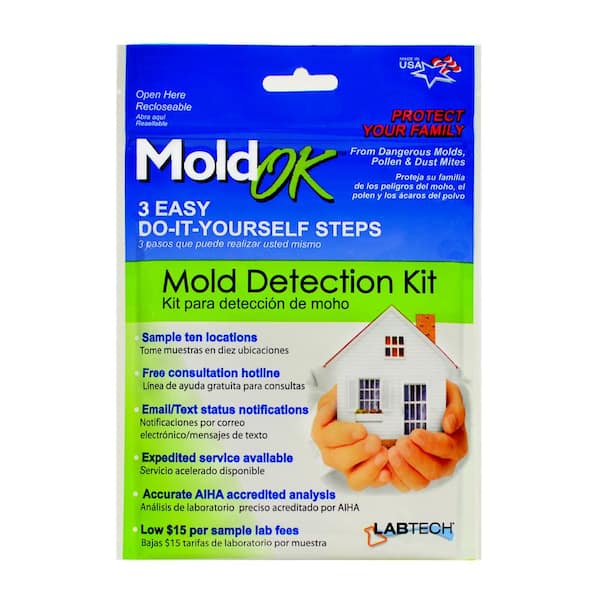Mycotoxin testing Services: Ensuring Quality and Safety in Your Supply Chain
Wiki Article
How Mycotoxin Screening Aids Avoid Contamination and Secure Food Products

Mycotoxin screening is a crucial practice in the food market, offering as a frontline defense against contamination by unsafe toxins created by mold and mildews. With the application of sophisticated techniques like High-Performance Fluid Chromatography (HPLC) and Fluid Chromatography-Mass Spectrometry (LC-MS), food producers can precisely measure and find mycotoxin degrees in agricultural products.
Recognizing Mycotoxins
Recognizing mycotoxins starts with recognizing that they are harmful additional metabolites produced by particular mold and mildews, which can infect farming items. These metabolites are not crucial for the development or recreation of the fungis however can have serious ramifications for animal and human health and wellness. Mycotoxins are typically discovered in staple crops such as corn, wheat, barley, and nuts, where they can multiply under details problems of moisture and temperature.
There are numerous types of mycotoxins, each produced by various fungal types. Fusarium species produce fumonisins and trichothecenes, both of which are connected with various intense and chronic health problems.

Threats of Mycotoxin Contamination
The risks of mycotoxin contamination are complex, presenting significant hazards to both food security and public health. Mycotoxins, poisonous substances produced by particular types of fungis, can contaminate a vast range of farming products consisting of cereals, nuts, spices, dried out fruits, and coffee.
Financial impacts are another significant issue. Infected crops can lead to substantial economic losses for farmers and food manufacturers as a result of minimized returns and the need for expensive purification measures. Worldwide profession can be substantially impeded as nations apply rigorous mycotoxin regulations to safeguard their populations, leading to denied shipments and stretched profession relationships.
Ecological factors such as climate modification worsen the threat of mycotoxin contamination. Variants in temperature level and humidity can create desirable problems for fungal development, increasing the possibility of contamination events. Therefore, understanding and alleviating these dangers are critical for ensuring the security and stability of worldwide food materials.
Approaches of Mycotoxin Evaluating
Accurately identifying mycotoxin contamination in agricultural products is essential for safeguarding public wellness and keeping food safety criteria. Numerous techniques are used to find and measure mycotoxins, each offering particular advantages and limitations.High-Performance Fluid Chromatography (HPLC) is a widely used approach because of its high sensitivity and precision. It entails dividing mycotoxins from other materials in an example, allowing accurate metrology. Liquid Chromatography-Mass Spectrometry (LC-MS) combines liquid chromatography with mass spectrometry to offer comprehensive molecular information, making it specifically beneficial for recognizing several mycotoxins at the same time.

Gas Chromatography-Mass Spectrometry (GC-MS) and Thin-Layer Chromatography (TLC) are likewise employed, each with unique applications. GC-MS is effective for volatile mycotoxins, while tender loving care supplies a less complex, cost-effective choice for initial testing.
Benefits of Regular Testing
Normal screening for mycotoxins in agricultural products offers countless advantages, dramatically adding to public wellness and food security. By identifying contamination early, normal screening assists avoid the circulation of poisonous foods, consequently decreasing the risk of mycotoxin-related diseases among customers. This positive method not just safeguards human health and wellness however likewise enhances the total high quality of food supplies.Regular testing additionally supports regulatory conformity. Different nations and areas have developed rigid limits for mycotoxin degrees in food and feed. Adhering to these restrictions via normal testing makes certain that producers and providers fulfill legal criteria, thus staying clear of penalties and trade obstacles. Additionally, preserving compliance promotes customer count on and brand name track record, which are critical for market success.
Furthermore, normal mycotoxin screening can lead to significant economic benefits. Early discovery of contamination enables prompt intervention, lowering potential losses from extensive contamination. Applying normal testing protocols can additionally decrease recall prices and relevant responsibilities, which can be monetarily ruining.
Furthermore, regular testing provides valuable data that can educate far better farming techniques and storage space problems. By recognizing patterns of contamination, manufacturers can embrace precautionary procedures, consequently minimizing future dangers and contributing to the sustainability of the food supply chain.
Carrying Out Checking Methods
Applying efficient mycotoxin screening procedures is vital for making sure the safety and top quality of agricultural items. Developing a robust testing structure includes several key actions, beginning with the identification of potential contamination factors within the production and supply chain. This includes pre-harvest, post-harvest, storage space, and distribution stages. Each phase must be looked at to identify where mycotoxin contamination is most likely to take place.Once essential control points are recognized, choosing ideal testing approaches is crucial. Typical strategies include enzyme-linked her latest blog immunosorbent assay (ELISA), high-performance fluid chromatography (HPLC), and mass spectrometry (MS) Each method has its toughness and weaknesses; therefore, picking the appropriate one relies on the particular mycotoxin being examined, the needed sensitivity, and offered sources.

Last but not least, incorporating the testing methods into an extensive food safety administration system is recommended. This boosts traceability and allows speedy restorative actions when contamination is identified, thus safeguarding the stability of the food supply chain.
Conclusion
Mycotoxin screening is essential in protecting against contamination and protecting food products by allowing very early discovery of dangerous toxins created by mold and mildews in farming items. Advanced methods such as HPLC and LC-MS make sure compliance with security regulations and shield consumers from health and wellness threats. Regular testing improves brand name credibility, monetary security, and count on food security by lessening contamination-related losses and keeping high standards in food manufacturing. Implementing rigorous testing procedures is hence vital for the market's total health.Mycotoxin testing is a vital technique in the food sector, offering as a frontline protection versus contamination by dangerous toxic substances created by mold and mildews. An incorporated technique including farming practices, storage monitoring, and normal screening can minimize the dangers connected with mycotoxin contamination, guaranteeing food safety and public health.
The threats of mycotoxin contamination are complex, presenting considerable risks to both food safety and public health and wellness.Routine testing for mycotoxins in farming products provides numerous advantages, Recommended Site dramatically adding to public health and wellness and food safety.Mycotoxin screening is crucial in stopping contamination and protecting food supplies by enabling early discovery of hazardous toxic substances created by molds in agricultural products.
Report this wiki page